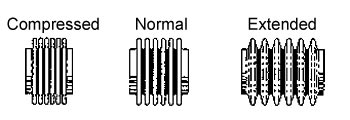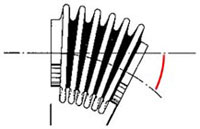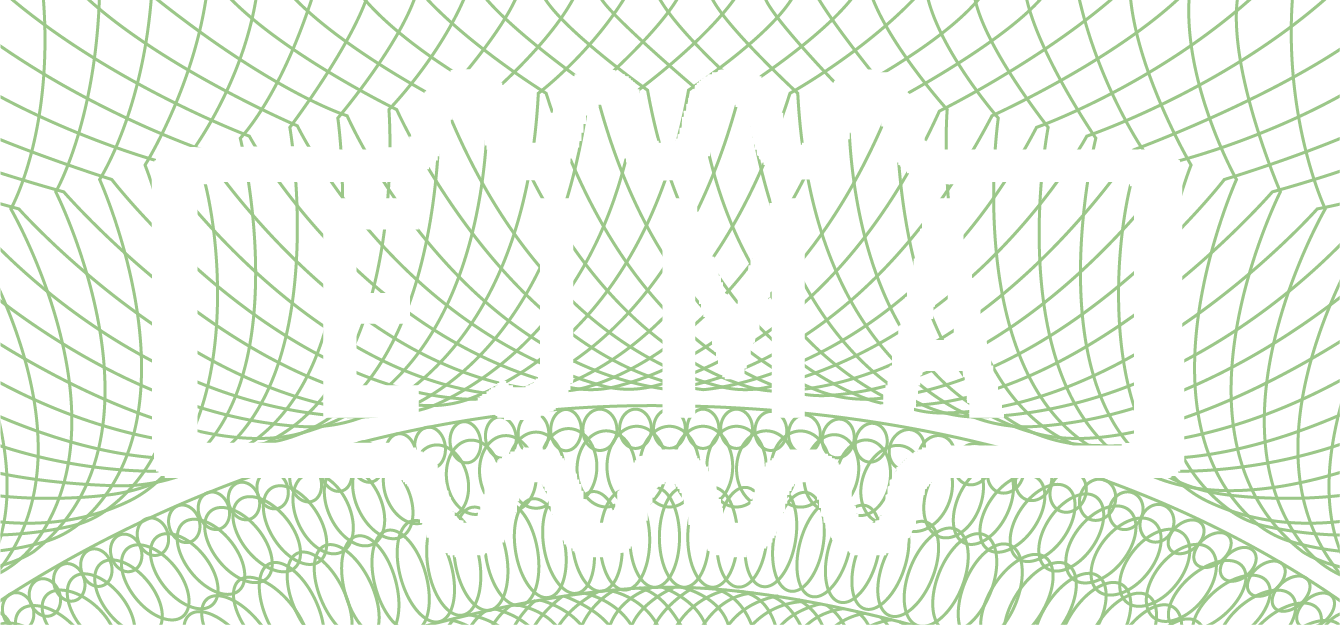|
This section describes the different types of expansion joints available, how they function, what types of deflections they can accept, and what types of forces and movements they can and cannot resist. In order to properly apply expansion joints to piping systems, it is necessary that both the piping specialist and the expansion joint designer each understand how the piping flexes and how the various expansion joint types function and what they are capable of doing. It may be relatively easy to visualize that deflections may result from thermal expansion or the movements and vibrations of equipment and structures; however, all expansion joints do not accept the same types of deflection. Many can accept certain loads and moments, while others are incapable of resisting externally applied forces. Understanding the type, magnitude, and direction of these forces and deflections is critical, not only to the safety of the system, but to its cost. With today’s piping flexibility computer programs, determining where stresses are excessive, and if expansion joints may be necessary, is not a simple task.
The placement of expansion joints, and their proper selection, still depends upon the designer’s experience, understanding of how expansion joints work, and how the piping system must be anchored and supported when expansion joints are used. These deflections can include axial, lateral, angular, torsional, combination, or cyclic and all occurring simultaneously. Axial deflection refers to movement that is parallel to the centerline of the expansion joint. Lateral deflection refers to movement in a perpendicular direction to the center line. Angular Deflection is when the expansion joint is bending around its center. Torsional Deflection is when the bellows is twisting on one end in the opposite direction of the other end. Combined deflections are a mixture of another of the other types of deflections. Cyclic deflections refer to the life cycle or the number of deflections a bellow can or will handle.
Axial Deflection
Axial deflection refers to movement being parallel to the centerline of the expansion joint. Compression is the axial deflection which will shorten the bellows length, while extension is the axial deflection which stretches the expansion joint. Often confusion occurs because thermal expansion in the piping will cause the expansion joint to be compressed. The specification for an expansion joint should always state the movements as they affect the expansion joint, and not as they are produced by the system. Piping which is operating at temperatures lower than ambient, such as in cryogenic systems, will contract, causing the expansion joint to stretch or experience extension.

Lateral Deflection
Lateral deflection refers to the direction perpendicular to the centerline of the expansion joint (in any plane) and is also known as “parallel offset” and “transverse”. This movement occurs when both of the ends of the expansion joint remain parallel to each other, while their centerlines are being displaced, or no longer coincident. When analyzing the deflections in a piping system, it is not uncommon to find that different lateral deflections can occur in more than one plane. Since an expansion joint is round, these various deflections must be resolved into a single resultant lateral deflection, in order for the bellows to be properly selected in terms of the rated lateral deflection shown in our catalog. The planes of the various deflections must also be clearly understood if the expansion joint is to contain structural components such as hinges, which may inhibit movements in certain directions, and if the individual deflections can occur separately during the life of the expansion joint.

Angular Deflection
When an expansion joint experiences bending about its center, which is on the centerline and halfway between the ends of the bellows, this deflection is referred to as angular. It can occur in any plane that passes through the centerline, but the plane should be clearly indicated if the expansion joint is more complicated than the simplest type, i.e., only a bellows with flanges or pipe ends. As in lateral movements, piping analyses may reveal angular deflections occurring in more than one plane. With angular deflection, the basis for the proper selection is the maximum of the various deflections, and not the vector sum as in the lateral case. Multiple angular deflections in multiple planes produce a single angular deflection in a single resultant plane. As in lateral deflection, this plane must be understood if structural components are to be used.

|
